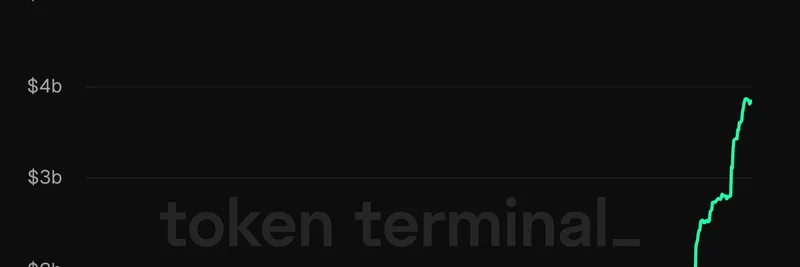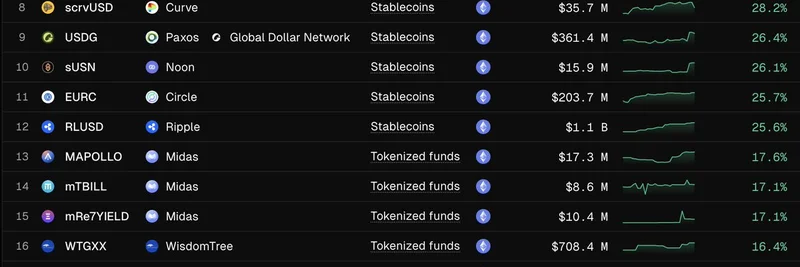Hey there, crypto enthusiasts! If you're knee-deep in the world of meme tokens, keeping an eye on big stablecoin moves is crucial. Recently, Whale Alert, the go-to source for tracking large blockchain transactions, dropped a bombshell tweet about a hefty 50 million USDC burn at the USDC Treasury. Let's unpack this event in simple terms and explore how it might ripple through the meme token ecosystem.
For those new to the scene, USDC is a popular stablecoin issued by Circle, designed to hold a steady value of one US dollar. It's backed by real-world reserves and is widely used for trading, lending, and dodging the wild swings of volatile assets like Bitcoin or your favorite dog-themed meme coins. A "burn" refers to the process of permanently removing tokens from circulation, often by sending them to a dead-end address where they can't be retrieved.
In this case, the burn involved exactly 50,000,000 USDC, valued at around 50,005,000 USD at the time. According to the Ethereum transaction details on Etherscan, this happened on August 21, 2025, via a direct call to the burn method on the USDC smart contract. No Ethereum was transferred—just the stablecoins being torched, reducing the total supply.
Why does this happen? Typically, USDC burns occur when users redeem their tokens for fiat currency through Circle. It's a way to maintain the 1:1 peg and ensure the circulating supply matches real-world demand. This particular burn, flagged by Whale Alert's tweet, suggests a significant outflow of capital from the crypto space. Maybe a big institution or whale is cashing out, or it could be part of routine portfolio adjustments.
Now, let's connect the dots to meme tokens. Meme coins thrive on hype, community buzz, and easy liquidity—often paired with stablecoins like USDC on decentralized exchanges (DEXes) such as Uniswap or Raydium. A large burn like this could signal decreasing liquidity in the broader market, making it tougher to buy or sell large positions without slipping prices. If more capital exits crypto via stablecoin redemptions, it might lead to heightened volatility for low-cap meme tokens, where even small trades can cause big swings.
But hey, it's not all doom and gloom. These burns are a sign of a healthy, transparent system. Circle's regular reporting keeps things trustworthy, and with meme token communities as resilient as ever, this could just be a blip. Keep an eye on overall stablecoin supplies—if burns outpace mints, it might hint at a bearish sentiment, prompting savvy traders to adjust their strategies.
For more real-time insights into whale movements and their impact on meme tokens, follow Whale Alert on X or dive into transaction explorers. Staying informed is key to navigating the fast-paced world of blockchain and enhancing your edge in the meme token game.
If you're building your knowledge base on meme tokens and crypto trends, check out our other articles on meme-insider.com for the latest scoops and tips.



